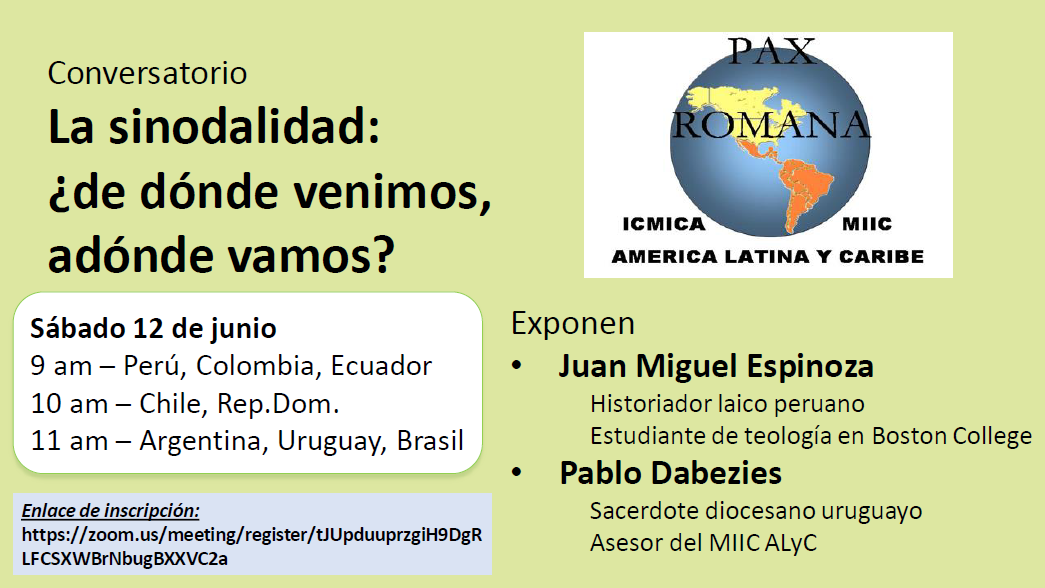 We must think and construct Church reform culturally, but above all begin to experiment. Our local realities feel very challenged, both on the theological and pastoral front, to respond to the pressing request of Pope Francis to rethink the forms of the Church and above all to look for new paths for the Christian proclamation. The reform is very necessary today, because it is fundamental to re-establish dialogue with a radically different world from the past, and it is a necessity to renew not only the languages but also the structures and ministries of our Church. Meic will go on this path trying to stimulate and involve other associative realities, because only together it is possible to build contents and experiences that foster authentic ecclesial renewal.
We must think and construct Church reform culturally, but above all begin to experiment. Our local realities feel very challenged, both on the theological and pastoral front, to respond to the pressing request of Pope Francis to rethink the forms of the Church and above all to look for new paths for the Christian proclamation. The reform is very necessary today, because it is fundamental to re-establish dialogue with a radically different world from the past, and it is a necessity to renew not only the languages but also the structures and ministries of our Church. Meic will go on this path trying to stimulate and involve other associative realities, because only together it is possible to build contents and experiences that foster authentic ecclesial renewal.
For Don Riccardo Battocchio, theologian from Padova, the Church is ‘semper reformanda’, and it is a dimension that belongs to the history of the Church as such because every moment of the life of the Church is a moment of renewal and reform to be faithful to the Gospel of Jesus Christ, but there are moments in which, with attentions to procedures, practices and precise choices, a real process of reform must be carried out. This time, the new cultural processes, the Christian experience as one among the many possible ones in a pluralist and fragmented world, ask us to think of a reform that requires precise choices on the part of all those who constitute the ecclesial community, each with own roles, tasks and charisms.
For Serena Noceti, vice president of the Italian theological association, reform must act simultaneously on three levels: that of collective self-consciousness, that of new forms of relation, communication and participation, and that of a transformation of the structures of the ecclesial body. The vision of the Church as God’s people, presented in Lumen Gentium, calls for a new awareness. Pope Francis’s call for the reform of the Church is a call for responsibility for all and for all of us. What the pope asks us is to welcome the ecclesiological and ecclesial vision of the Second Vatican Council: it is not therefore an absolute novelty, but what is new is the process, the path of change that we have begun to develop with Francis. There has been a reconstruction of the symbolic imagery of the papacy as the first element of reference, and now we must live a path of study towards a Church, inclusive, mercyful, in which evangelization returns to the center of our ecclesial life. The challenge is high, the responsibility of all is equally important, it is up to us to reflect on how to serve the reform process and at the same time to enter into a structural conversion dynamic that today is more than ever necessary.





Leave A Comment
You must be logged in to post a comment.